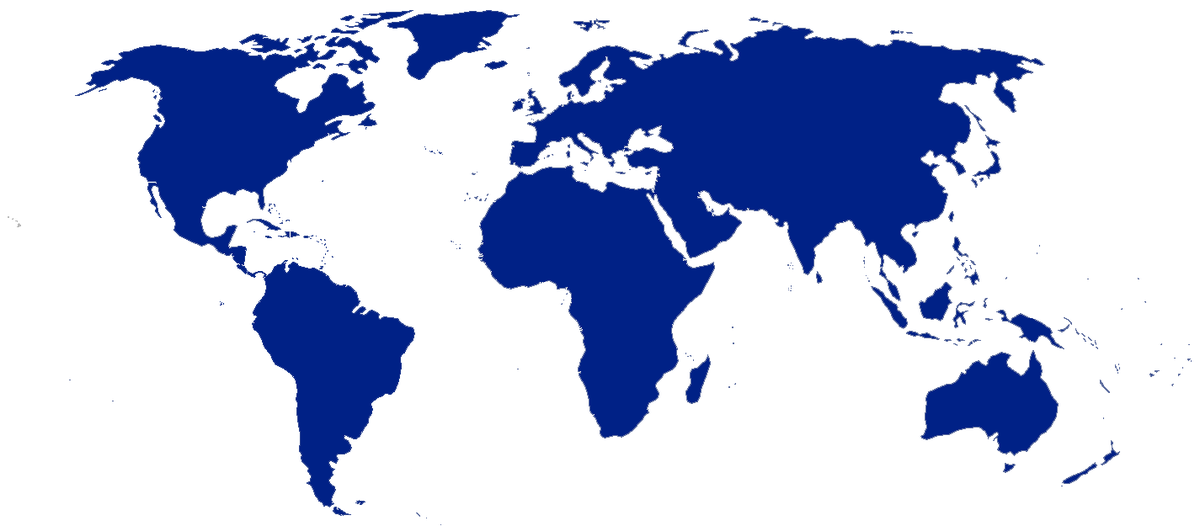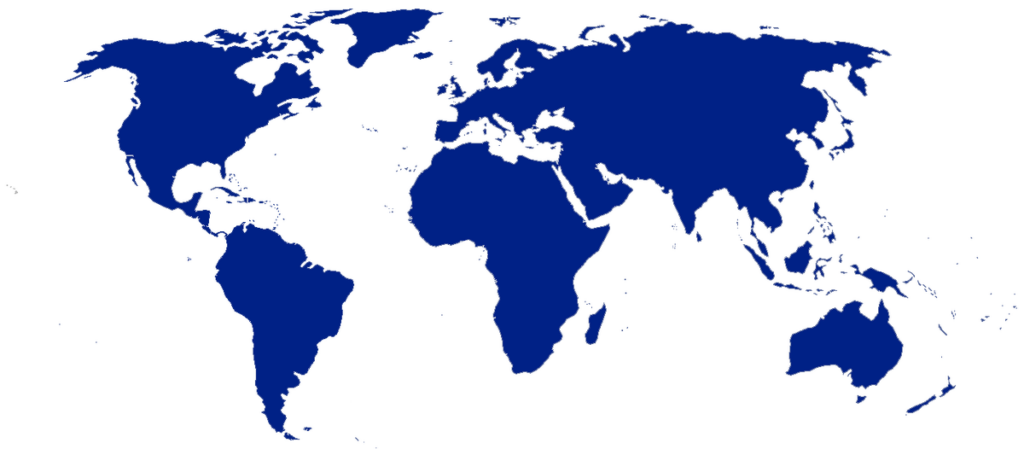In recent years, globalization combined with robotization has considerably changed the International Division of Labor that began more than a century ago. On the agenda: relocating industries, relocating services, and more than ever workers to protect.
History of the International Division of Labor
The international division of labor is, as the economist El Mouhoub Mouhoud explains in a France Culture program, an extension of the division of labor in companies as theorized by Adam Smith. In the same way that a production line is broken down into different specialized positions, world production also specializes.
From the first globalization, at the end of the nineteenth century, the countries of the colonial South produced the raw materials while the countries of the North assumed industrial and technical performance. “The work is highly qualified in the North and very little in the South”, summarizes El Mouhoub Mouhoud. Then, after the Second World War, new emerging countries began to massively produce low-quality products. This is called the “new international division of labor”: in the 1970s, Hong Kong, South Korea, Singapore, Taiwan, Brazil and Mexico dominated this new wave. In the 1980s, Thailand, Malaysia, Indonesia, the Philippines and Vietnam emerged. These countries provided a skilled and cheap labor force, and the large multinational companies outsourced their production. For their part, “the so-called developed countries retain the products and services requiring high qualification,” says journalist Florian Delorme on France Culture.
As a result, emerging countries have become richer, wages have risen and a real middle class has emerged. At the same time, robotization and automation, the surge of digital technology and the economy of platforms have “led to a gradual recomposition of the global productive process.” Then the question arises: does the international division of labor come to an end?
“the international division of labor is changing forms and characteristics, but it is not running out. Its sources are endless”
The work is “re-regionalized”
Since the 2000s, the rise in wage costs in emerging countries and the rise in transport prices have considerably reduced world trade: according to the IMF, between 1985 and 2007, it had increased twice as fast as world production, while it kept the same pace in the last four years. Automation of production and robotization has also undermined revenue sources for outsourcing countries: when it is cheaper to have home robots produce, Western companies are repatriating their industries – explained Michael Priddis, founder of Faethm, who anticipates the effects of technology on work. Offshoring is no longer the Eldorado it was.
However, according to El Mouhoub Mouhoud, “the international division of labor is changing forms and characteristics, but it is not running out. Its sources are endless”, since, as Adam Smith said, the only limit to the division of labor is the development of the market. We are witnessing a re-regionalization of work. And while the industry’s weight in world GDP is declining and services are exploding, “as the industry relocates to the North, services are relocating, not being affected by transaction costs, customs duties, transport costs”, explains the economist. Another phenomenon: the division of labor is now broken down into tasks, within the same socio-professional category.

Protecting human rights
The remaining question, therefore, is whether this regionalization of the division of labor can erase the inequalities caused by globalization. El Mouhoub Mouhoud is not very optimistic: “The losers remain losers and winners remain winners, even at a regional level. The effects of globalization are combined with those of technical progress, which are biased towards highly skilled work: even skilled workers, such as engineers, who perform production tasks, are threatened”.
In reality, vigilance is more than ever needed, especially on human rights issues. As noted in an article recently published by Usbek & Rica on the mastodons of Silicon Valley, “slave-like” workshops that produce iPhone in China, including cobalt mines in the Democratic Republic of Congo and even the toxic garbage dump in Ghana where our digital devices are landing, shows that the new tech economy is thriving on an international division of labor that is still wild.
For the researcher Christian Fuchs, quoted by Usbek & Rica, this phenomenon is neither more nor less than the extension of the exploitation of the industrial age, because it “includes all the modes of digital production; an agricultural, industrial and work information network that allows the existence and use of digital media. Today, most of these digital production relationships are shaped by wage labor, slave labor, precarious work and freelance work, making the international division of labor an interconnected and complex network of exploitative processes”. The service industry is therefore not spared: the dynamics are the same for micro-workers who earn their living by performing repetitive tasks on platforms like Upwork or AmazonTurk. According to a survey carried out by a multidisciplinary working group of the Oxford Internet Institute on Upwork, “Northern countries are the main providers of micro-tasks, and in the South countries, it is the demand for work that predominates (mostly in India, the Philippines and Malaysia)”, says the journalist. In short, the Asian tigers that contributed to the redefinition of the international division of labor in the 1980s are still not better off.
The solution? Always better to supervise the work and ensure that human rights are respected throughout the chain, of course. But also, as researcher Antonio Casili says in the pages of Usbek & Rica, that these tech workers, often isolated and marginalized, realize that they are not alone and organize themselves to assert their rights and emancipate. It calls to “make visible the invisible and analyze the mechanisms that produce this invisibility […], to allow the emergence of critical reflections from the ‘invisible’ themselves.” Direct conflicts or creation of cooperatives, for the workers at the end of the chain of the international division of labor, the union will do whatever force happens.




